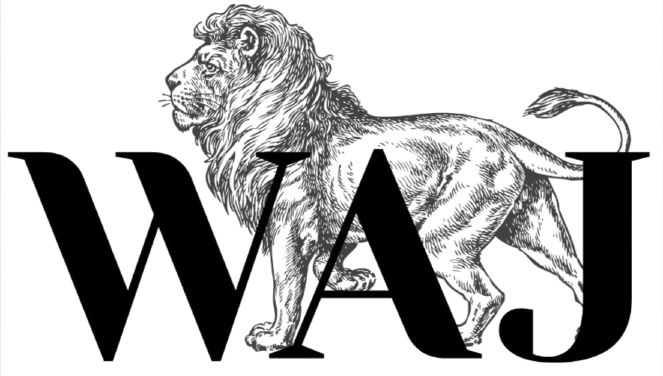Morocco is set to expand its industrial free zone by an additional 4,000 hectares, according to Industry and Trade Minister Ryad Mezzour, who addressed the House of Representatives on Monday. This move aims to enhance the country’s modern infrastructure, which already features well-developed transport networks, including road, rail, and port connections.
With this expansion, the total area designated as industrial zones in Morocco will reach 13,000 hectares, a notable increase of 2,400 hectares over the past three years through 30 government-supported projects.
For the first time, the Moroccan government plans to establish at least one industrial zone in each province. Mezzour highlighted ongoing initiatives, including two projects in Boulemane and a joint venture between El Hajeb and Ifrane, which are expected to complete the provincial network by the end of the current government term in 2026.
In a recent significant development, the government signed an agreement last week to allocate 800 hectares for industrial projects in the Marrakech-Safi region, including the Benguerir area.
The ministry is collaborating with regional councils to ensure a fair distribution of industrial zones, aligning them with local industries to maximize impact. Mezzour also mentioned increased investment in the Tangier-Tetouan-Al Hoceima provinces to promote balanced infrastructure development and enhance regional competitiveness.
These initiatives are deemed vital for attracting investment and stimulating economic growth across various regions. Additionally, in March 2024, the Moroccan minister announced plans for a new 283-hectare industrial zone dedicated to electric vehicle battery production. This zone, located 100 kilometers south of Casablanca near the Jorf Industrial Accelerator Zone associated with the Office Chérifien des Phosphates (OCP) group, is anticipated to generate 4,000 jobs and has already attracted three initial investments totaling approximately $2.3 billion. It will focus on the production of electric vehicle batteries and their components, including cathode starters and the recycling of “black mass.”

